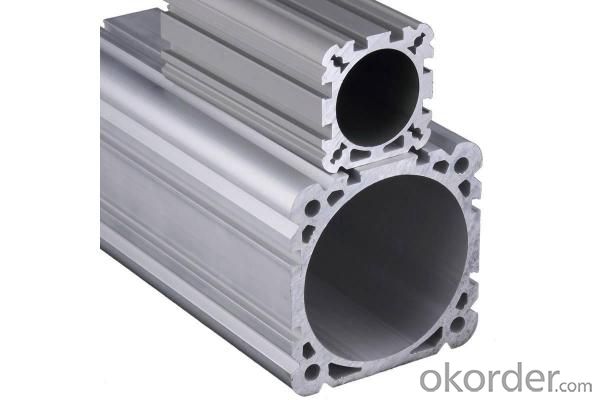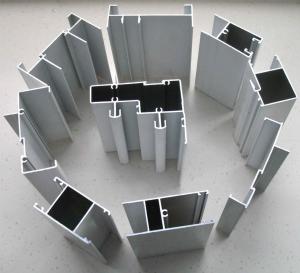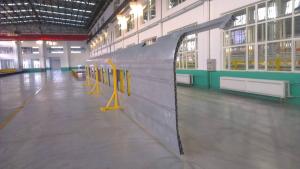Aluminum Moulding Profiles for Sliding Windows and Doors - Aluminum Alloy Profiles Made in China
- Loading Port:
- Shanghai
- Payment Terms:
- TT OR LC
- Min Order Qty:
- 5 m.t.
- Supply Capability:
- 10000 m.t./month
OKorder Service Pledge
OKorder Financial Service
You Might Also Like
Specification
1. Specification of Aluminum Alloy Profile Sliding Windows and Doors Made in China
Alloy | AA1050,AA1060, AA1070, AA1100 |
Temper: | H12, H14, H16, H18, H22, H24, H26, H32,HO, F |
Thickness: | 0.10-500mm |
Width: | 10mm- 2200mm |
Standard: | GB/T3880-2006, ASTM, ISO, EU standard |
Special Specification is available on customer’s requirement | |
2. Application of Aluminum Alloy Profile Sliding Windows and Doors Made in China
wall cladding, ceilings, bathrooms, kitchens and balconies, shutters, doors,windows…
3. Feature of Aluminum Alloy Profile Sliding Windows and Doors Made in China
Surface Quality :
Be free from Oil Stain, Dent, Inclusion, Scratches, Stain, Oxide Decoration, Breaks, Corrosion, Roll Marks, Dirt Streaks and other defect which will interfere with use,
Mochenical Property:
Chemical Composite and Mechanical Property
4. Certificate:
SGS and ROHS(if client request, paid by client), MTC(plant provided), Certificate of Origin(FORM A, FORM E, CO), Bureau Veritas and SGS (if client request, paid by client), CIQS certificate
5. Image of Aluminum Alloy Profile Sliding Windows and Doors Made in China
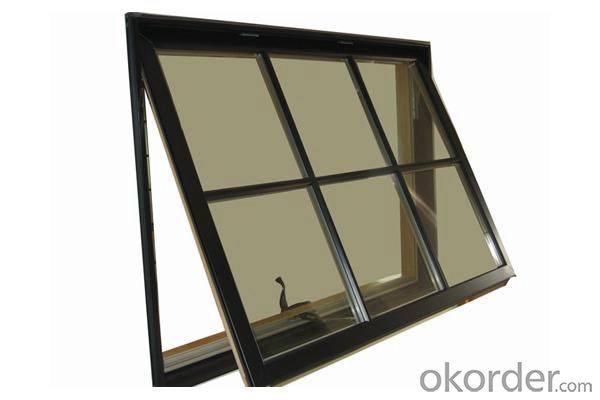
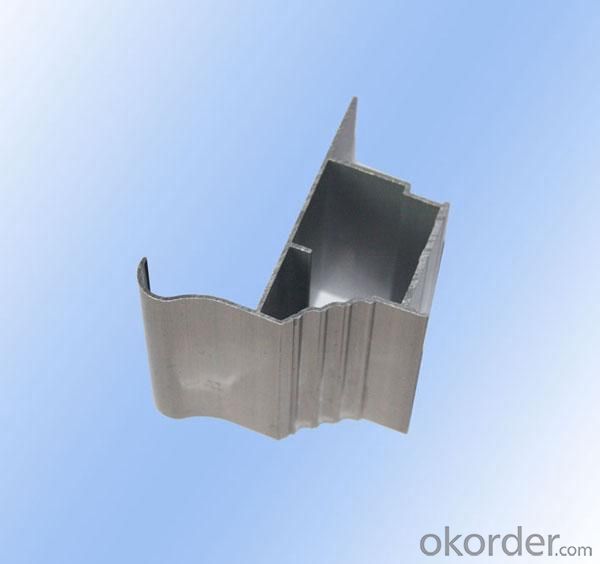
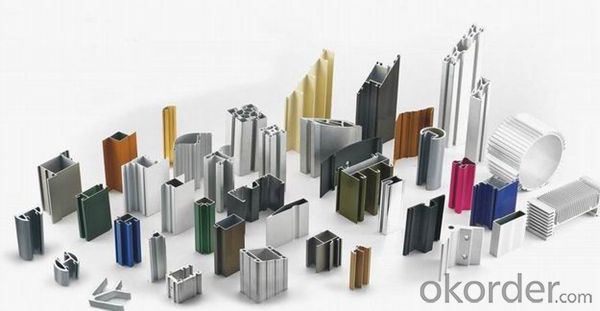
6. Package and shipping of Aluminum Alloy Profile Sliding Windows and Doors Made in China
First, plastic cloth with drying agent inside; Second, Pearl Wool; Third, wooden cases with dry agent, fumigation wooden pallets, aluminum surface could cover blue PVC film
7. FAQ
Question 1: What is your MOQ?
We accept one ton per type for an order. But the detail we could negotiate.
Question 2: What is your normal terms of payment?
We always trade with you by T/T. But we also accept the L/C as you require.
Question 3: How many kinds of the surface treatment we can choose?
You could choose different color of powder coated. Anodized of black. matte silver, nature, champagne, bronze color. Mill finished. Wooden finished and printed.etc.
Question 4: Can you supply OEM services?
We offer OEM services for 17 years.
Question 5: How many days for opening the mould?
Normally about 10 days.According to the difficulty of your drawing.
Question 6: Can i choose the package what i want?
Yes, of course. We offer various kinds of package.e.g.PE foam. Shrink film. Wrapping paper.
But we would give you professional suggestion of package.
- Q: This question asks about the variety of colors offered for aluminum profiles used in exterior siding and trim applications.
- <p>Aluminum profiles for siding and trimming are available in a wide range of colors to suit various architectural styles and design preferences. Common colors include white, black, brown, beige, and gray, which are popular for their neutrality and versatility. Additionally, there are bolder options such as red, blue, green, and yellow for more distinctive looks. Some manufacturers also offer custom color matching services for specific projects. The finishes can be powder-coated or anodized, providing durability and resistance to weathering. It's always best to check with specific manufacturers for the most up-to-date color offerings as they may introduce new colors or discontinue others based on market trends.</p>
- Q: Tips for identifying aluminum profiles
- Of course, you can also put the same type of profiles in a comparison, of course, if the color is too obvious, super good to buy. Check whether the thickness of the aluminum profile is the same as the model marked.After the ultra hard material, smooth surface can be used to draw the profile, leaving a white scratch, aluminum gently wipe and observe, if cannot be erased, indicating the material may have quality problems, but instead if you can easily wipe that film thickness of material surface is qualified.
- Q: What are the vibration damping properties of aluminum profiles?
- Aluminum profiles exhibit good vibration damping properties due to their inherent material properties, such as high stiffness and low density. These properties enable the profiles to effectively absorb and dissipate vibrations, reducing their transmission through the structure. Additionally, aluminum profiles can be further enhanced with damping materials or techniques to improve their vibration damping capabilities.
- Q: Can aluminum profiles be recycled and reused for interior wall cladding purposes?
- <p>Yes, aluminum profiles can be recycled and reused in interior wall cladding applications. Aluminum is a highly recyclable material, and its recycling process does not degrade its properties, making it an excellent choice for sustainable construction. Recycled aluminum profiles can be used to create new wall cladding systems, reducing waste and the environmental impact of mining and processing new aluminum. This practice not only conserves natural resources but also contributes to energy savings and a lower carbon footprint.</p>
- Q: Is it possible to utilize aluminum profiles in the construction of carports or garages?
- <p>Yes, aluminum profiles can be used for carports or garages. They are known for their durability, corrosion resistance, and lightweight properties, making them ideal for such structures. Aluminum profiles are also easy to install and maintain, and they can withstand various weather conditions without rusting. This material is commonly used for the framing and support structures in carports and garages, offering a cost-effective and long-lasting solution.</p>
- Q: Are aluminum profiles suitable for use in chemical processing environments?
- Yes, aluminum profiles are suitable for use in chemical processing environments. Aluminum is a versatile and corrosion-resistant material that can withstand exposure to a wide range of chemicals. It has excellent resistance to many common chemicals, including acids, bases, and solvents. Additionally, aluminum profiles can be further protected by applying specialized coatings or finishes, such as anodizing, which enhances their resistance to chemical corrosion. Furthermore, aluminum profiles offer other advantages in chemical processing environments, such as their lightweight nature, high strength-to-weight ratio, and ease of fabrication. These qualities make aluminum profiles a preferred choice for various applications in chemical processing industries, including the construction of tanks, piping systems, and process equipment.
- Q: Are aluminum profiles capable of being tailored to fit unique design specifications?
- <p>Yes, aluminum profiles can be customized to meet specific design requirements. This customization includes altering dimensions, surface treatments, and shapes to fit the needs of various applications. Manufacturers can cut, bend, and machine aluminum profiles to precise specifications, allowing for a high degree of flexibility in design and functionality. Customization is often possible through processes like extrusion, which allows for the creation of complex profiles that can be tailored to exacting standards.</p>
- Q: What are the advantages of using aluminum profiles in the aviation industry?
- The aviation industry benefits from several advantages when utilizing aluminum profiles. To start with, the lightweight nature of aluminum is of utmost importance. In aviation, this characteristic plays a crucial role in reducing overall aircraft weight, ultimately leading to enhanced fuel efficiency. Manufacturers of aircraft can employ aluminum profiles to develop lighter structures without compromising on strength and durability. Furthermore, aluminum displays exceptional resistance to corrosion. This proves especially valuable in the aviation sector where aircraft are exposed to severe environmental conditions like high humidity, temperatures, and saltwater exposure. Aluminum profiles can withstand these conditions, effectively preventing corrosion and ensuring the long-lasting lifespan of the aircraft. In addition, aluminum profiles offer an impressive strength-to-weight ratio. This means they provide a sturdy and inflexible structure while remaining lightweight. This quality is essential for ensuring the structural integrity and safety of the aircraft. Aluminum profiles can endure the stresses and loads encountered during flight, thereby contributing to the overall safety of the aircraft. Moreover, aluminum is highly malleable, making it easy to shape and mold into intricate designs. This characteristic allows for greater design flexibility in aircraft manufacturing, enabling manufacturers to create aerodynamic and efficient structures. Aluminum profiles can be fabricated, welded, and joined with ease, providing convenience in manufacturing and assembly within the aviation industry. Lastly, aluminum is an incredibly recyclable material. With the growing emphasis on sustainability, utilizing aluminum profiles in aircraft construction helps reduce the carbon footprint. Aluminum can be recycled and reused multiple times without compromising its advantageous properties, making it an environmentally friendly choice. In conclusion, the utilization of aluminum profiles in the aviation industry offers numerous advantages, including lightweight construction, corrosion resistance, high strength-to-weight ratio, design flexibility, and recyclability. These properties position aluminum as an ideal material for aircraft manufacturing, contributing to improved fuel efficiency, safety, and sustainability.
- Q: Are aluminum profiles suitable for cleanroom applications?
- Yes, aluminum profiles are highly suitable for cleanroom applications. Aluminum is a non-corrosive and lightweight material that is easy to clean and maintain. It offers excellent strength and structural stability, making it ideal for constructing cleanroom walls, partitions, and equipment. Additionally, aluminum profiles can be easily customized and integrated with cleanroom components such as doors, windows, and ceiling grids. Overall, aluminum profiles provide the necessary properties to meet the stringent requirements of cleanroom environments.
- Q: What are the different types of anodizing options for aluminum profiles?
- Aluminum profiles can be anodized in several ways, each with its own benefits and characteristics. Here are some commonly used types of anodizing: 1. Chromic Acid Anodizing (Type I): This process creates a thin, non-decorative layer that offers excellent corrosion resistance. It is often used as a primer for paints or adhesives. 2. Sulfuric Acid Anodizing (Type II): This is the most widely used anodizing process, resulting in a thicker and more durable oxide layer. It has two subtypes: regular sulfuric anodizing, which provides good corrosion resistance and can be dyed in different colors, and hardcoat anodizing, which produces a very hard and wear-resistant surface suitable for high abrasion applications. 3. Sulfuric Acid Hardcoat Anodizing (Type III): Also known as hard anodizing, this specialized process creates an even thicker and denser oxide layer than regular sulfuric anodizing. It offers enhanced wear and corrosion resistance, making it ideal for harsh environments. 4. Boric-Sulfuric Acid Anodizing (Type IV): This newer process combines sulfuric acid anodizing with a boric acid bath. It produces a thin and hard oxide layer with improved wear resistance and reduced electrical conductivity. 5. Phosphoric Acid Anodizing (Type V): This type of anodizing is used for specific applications that require a thin, dense, and hard oxide layer. It offers good corrosion resistance and can be dyed for aesthetic purposes. These different anodizing options for aluminum profiles provide a range of properties and appearances, making them suitable for various industries such as architecture, automotive, aerospace, electronics, and more. The choice of anodizing type depends on the specific requirements and desired outcome for the aluminum profile.
Send your message to us
Aluminum Moulding Profiles for Sliding Windows and Doors - Aluminum Alloy Profiles Made in China
- Loading Port:
- Shanghai
- Payment Terms:
- TT OR LC
- Min Order Qty:
- 5 m.t.
- Supply Capability:
- 10000 m.t./month
OKorder Service Pledge
OKorder Financial Service
Similar products
Hot products
Hot Searches
Related keywords



